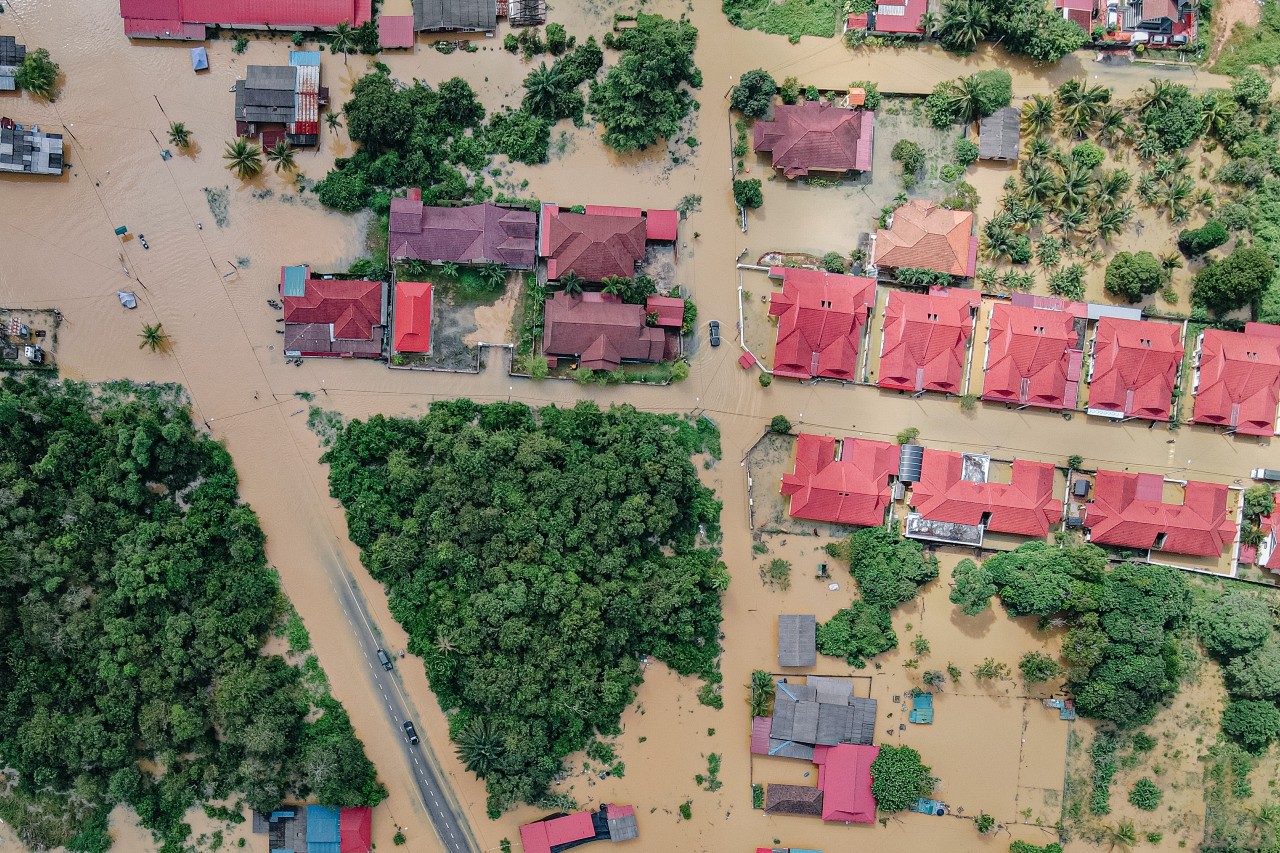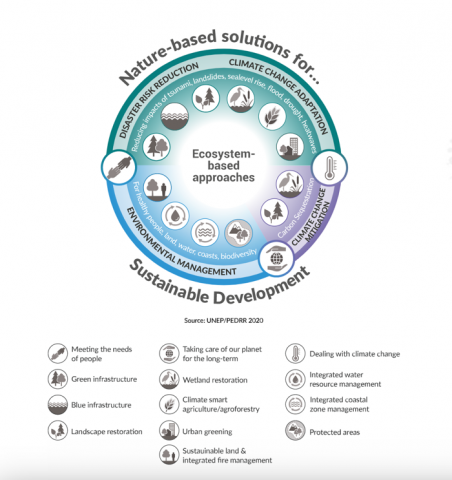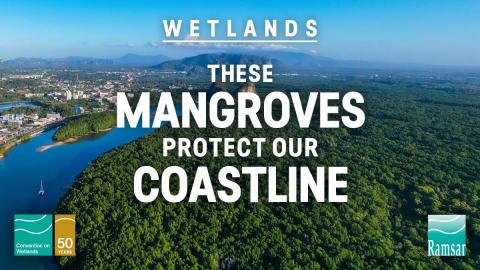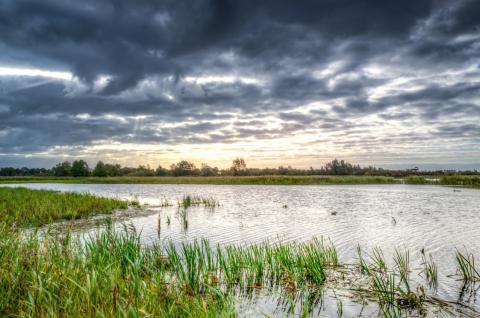
Biodiversity: Our Natural Safety Net
Climate change is making extreme weather events more frequent and intense. This will be exacerbated if global warming surpasses 1.5°C above pre-industrial levels. Our broken relationship with nature also increases the likelihood of tragedies, as ecosystem degradation drives disaster risk and makes us increasingly vulnerable. But natural hazards don’t need to result in human and environmental disasters. Our planet has a natural defence system that, when cared for properly, protects us — biodiversity.
Nature has always been our first and strongest defence system. The potential of nature-based solutions for disaster risk reduction and climate change adaptation shows that biodiversity is our greatest ally. The Partnership for Environment and Risk-Reduction (PEDRR) promotes ecosystem-based disaster risk reduction (Eco-DRR) as a critical means of limiting the impact of natural hazards. We can’t prevent all storms, but we can reduce the human and economic costs through sustainable management, conservation and restoration of ecosystems. According to PEDRR, “well-managed ecosystems, such as wetlands, forests and coastal systems, act as natural infrastructure, reducing physical exposure to many hazards and increasing socio-economic resilience of people and communities by sustaining local livelihoods and providing essential natural resources such as food, water and building materials.”
Wetland ecosystems make clear the many ways biodiversity protects us from natural hazards. From the floodplains, lakes and swamps that store water and reduce flooding, to the salt marshes and mangroves that shield coastal communities from high waves and winds, wetlands are a natural safeguard for people around the world. Yet human activity is fraying this vital safety net. The Ramsar Convention on Wetlands estimates that at least 64% of wetlands have disappeared since 1900, with 35% lost since the 1970s. Unless we work to restore these ecosystems, we will lose the invaluable protection they afford us and leave ourselves vulnerable to ever-increasing shocks.
Biodiversity might protect us, but humankind can and must also defend this web of life. Despite the current trend of loss, we have it in our power to turn things around and do what’s good for people and nature. The post-2020 global biodiversity agreement, to be adopted at the UN Biodiversity Conference (COP 15) in Kunming, China presents a key opportunity to scale up ecosystem-based approaches to risk management around the world. Governments, businesses and other groups can help prevent and mitigate disasters through a wide range of actions, including:
- investing in green, blue and grey infrastructure
- funding research into technology and biotechnology
- expanding protected areas and other effective area-based conservation measures
- promoting ecosystems restoration
- addressing soil carbon
Communities and individuals can also become part of the solution. By organizing or joining local activities to protect and restore ecosystems, adopting more sustainable consumption habits or educating others about biodiversity and disaster risk, we can all be part of a movement for transformative change. Nature gives us resilience. Nature gives us safety. Now, we must give back to it.
More Information
Preparations for the Post-2020 Biodiversity Framework
ADDITIONAL INTERESTING INFORMATION
- Special Report: Global Warming of 1.5 ºC - Summary for Policymakers (Intergovernmental Panel on Climate Change)
- Ecosystem-based disaster risk reduction (United Nations Environment Program)
- Protecting People From Disasters Through Nature-based Solutions (Partnership for Environment and Disaster Risk Reduction)
- Wetlands and Disaster Risk Reduction Factsheet (Ramsar Convention Secretariat)
- Green infrastructure nature’s best defence against disasters (United Nations Environment Program)
- The UN Decade on Ecosystem Restoration: Preventing, halting and reversing the degradation of ecosystems worldwide.(United Nations Environment Program & Food and Agriculture Organization of the United Nations)
- Issue Brief: Nature-based solutions to disasters (International Union for Conservation of Nature)
- About ecosystem-based disaster risk reduction (Eco-DRR) (International Union for Conservation of Nature)


